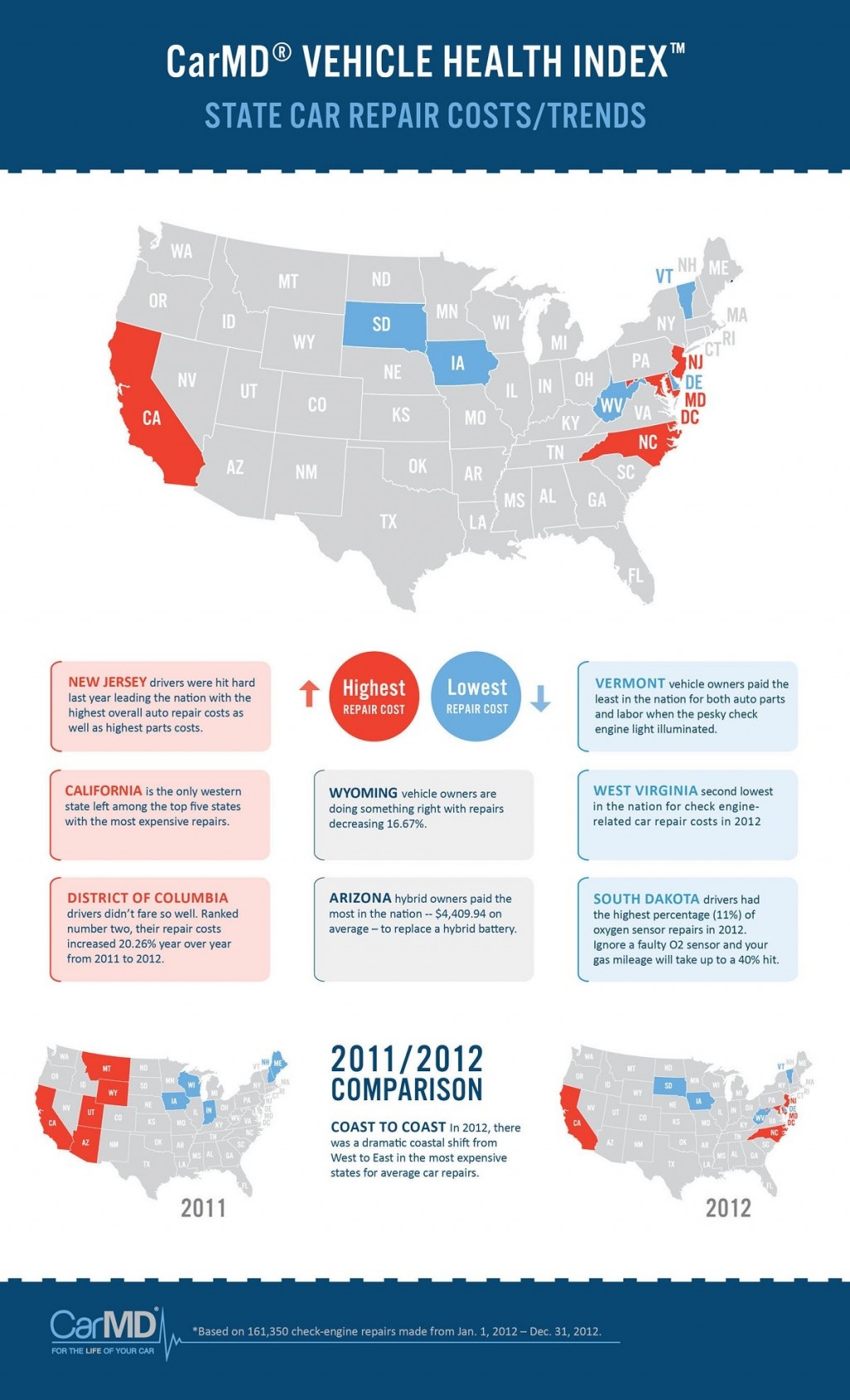Understanding Your Vehicle'S Caution Lights: What Do They Really Mean?
Understanding Your Vehicle'S Caution Lights: What Do They Really Mean?
Blog Article
visit this weblink By-Vinson Stark
When you're behind the wheel, those beautiful warning lights on your dashboard can be a little bit puzzling. Do you understand what they're attempting to tell you regarding your car's wellness? Understanding the significance of these lights is crucial for your security and the long life of your car. So, the following time among those lights pops up, would not you want to decode its message precisely and take the required actions to resolve it?
Common Warning Lighting and Interpretations
Identify common caution lights in your auto and understand their definitions to ensure safe driving.
One of the most regular warning lights include the check engine light, which signals issues with the engine or emissions system. If this light comes on, it's essential to have your automobile checked promptly.
The oil pressure advising light suggests low oil stress, needing prompt interest to stop engine damage.
A flashing battery light might recommend a damaged billing system, potentially leaving you stranded if not resolved.
The tire stress surveillance system (TPMS) light notifies you to reduced tire pressure, influencing automobile security and fuel efficiency. Ignoring this might result in risky driving conditions.
The ABS light indicates a trouble with the anti-lock stopping system, endangering your capacity to quit swiftly in emergency situations.
Finally, the coolant temperature level advising light warns of engine getting too hot, which can lead to severe damage otherwise fixed promptly.
Understanding these typical warning lights will certainly aid you attend to concerns quickly and keep safe driving conditions.
Importance of Prompt Interest
Understanding the common warning lights in your car is only the initial step; the relevance of promptly addressing these warnings can not be emphasized enough to guarantee your safety when traveling.
When ceramic coating car illuminates on your control panel, it's your car's method of communicating a prospective concern that needs attention. Ignoring these cautions can cause much more serious issues in the future, jeopardizing your safety and potentially costing you a lot more in repairs.
Prompt interest to warning lights can stop break downs and mishaps. As an example, a blinking check engine light can indicate a misfire that, if left unattended, can create damage to the catalytic converter. Addressing this quickly can conserve you from a costly repair service.
Similarly, a brake system cautioning light might indicate low brake fluid or worn brake pads, essential elements for your safety and security when driving.
DIY Troubleshooting Tips
If you discover a caution light on your control panel, there are a couple of do it yourself fixing suggestions you can attempt prior to seeking professional aid.
The primary step is to consult your vehicle's manual to recognize what the particular caution light indicates. Occasionally the issue can be as straightforward as a loosened gas cap causing the check engine light. Tightening up the gas cap may settle the issue.
One more usual issue is a low battery, which can trigger numerous warning lights. Examining the battery links for deterioration and guaranteeing they're protected could take care of the problem.
If a caution light persists, you can try resetting it by detaching the cars and truck's battery for a few minutes and after that reconnecting it. Additionally, inspecting your automobile's liquid degrees, such as oil, coolant, and brake liquid, can assist repair warning lights associated with these systems.
Final thought
Finally, recognizing your vehicle's caution lights is essential for keeping your vehicle running smoothly and securely. By immediately attending to these alerts and knowing what they indicate, you can stay clear of costly repair work and potential failures.
Bear in mind to consult your car's manual for particular details on each warning light and act as necessary to ensure a hassle-free driving experience.
Stay educated, remain safe when traveling!
